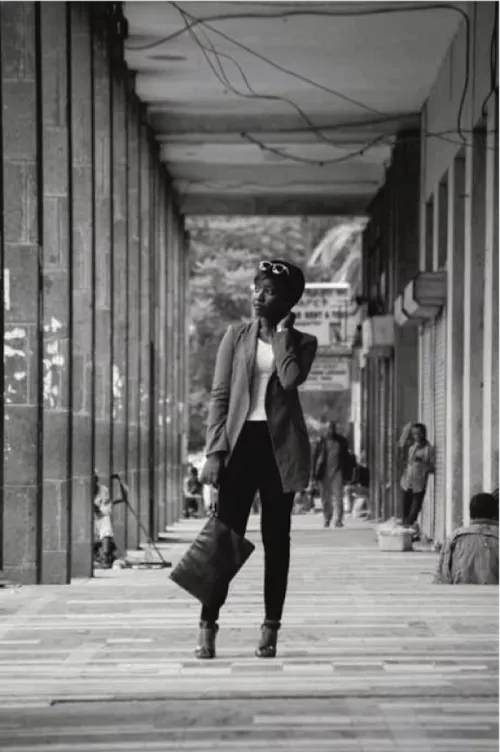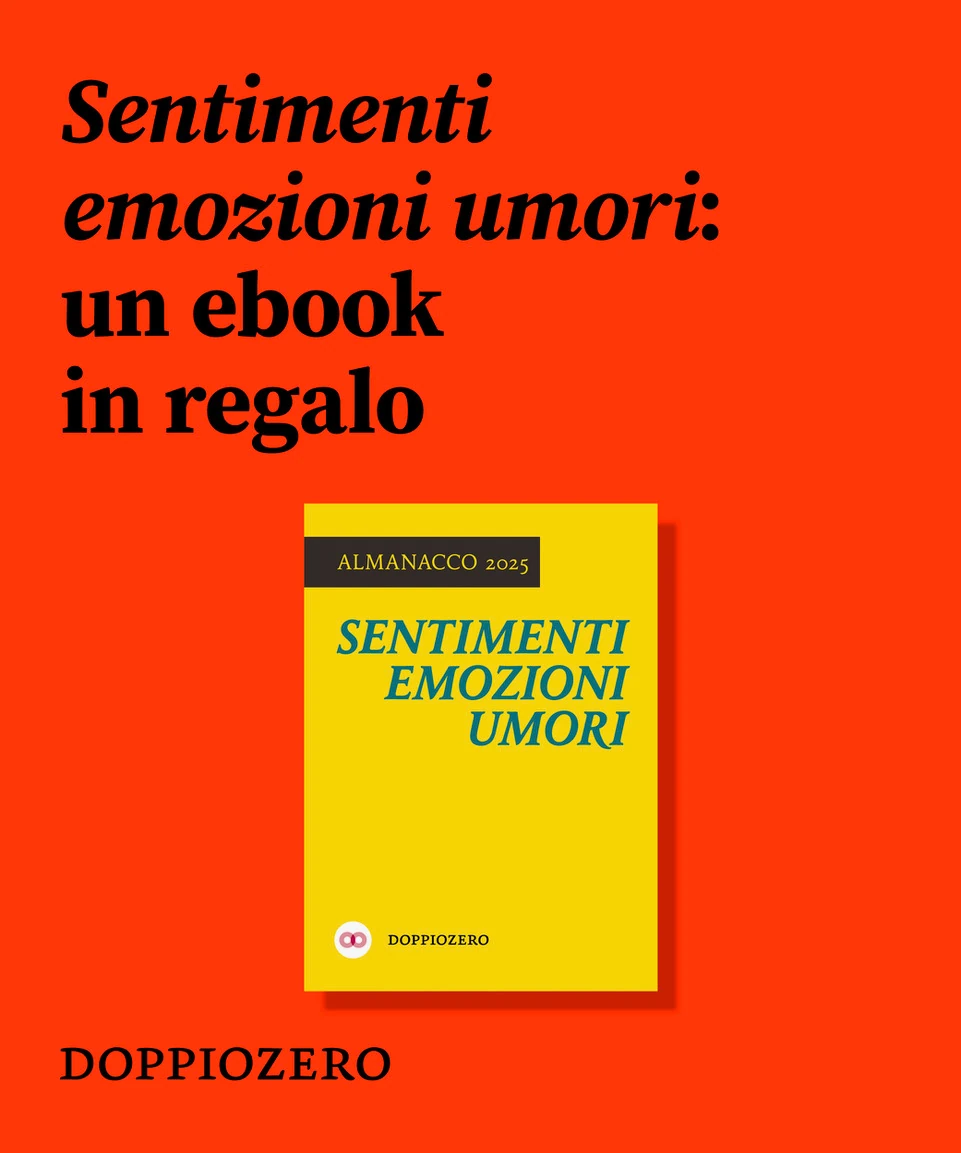Speciale
African photography; bridges the gap / Africa and the West. So close and yet so far
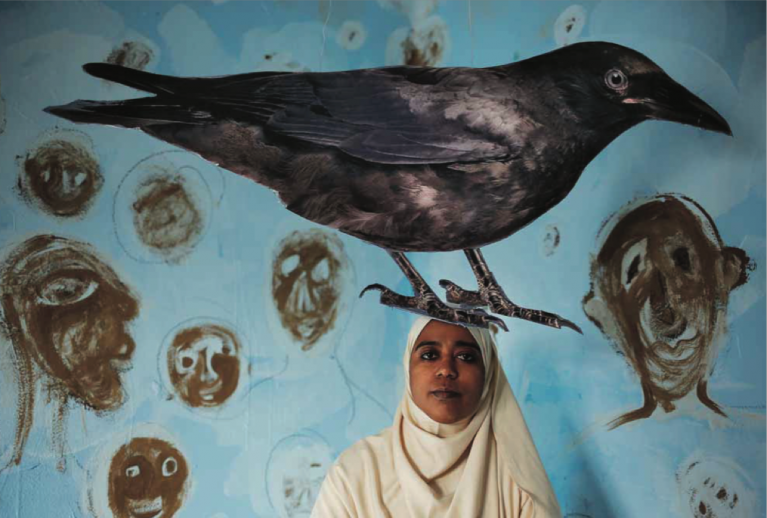 Headache by Heba Khalifa, Egyptian.
Headache by Heba Khalifa, Egyptian.
It is a risk inherent in every story, but especially in that of photography: the misappropriation of another's life, pain and suffering. The assumption of our own point of view and interpretation as an objectifying lens: here then our pain is attributed to someone else, our wonder sewn onto an anonymous face, which becomes public and is used for a particular message.
It happens often in so-called developing countries (for which, as we shall see, another more realistic and less damaging title is needed), and in the great theater of humanitarian tragedies (women and children exposed in many non-governmental fundraising campaigns immediately come to mind). It happens particularly in Africa, a continent that is a source of narrative ideas brimming with pathos and not always faithful to reality.
It happened in the early years of the 19th century, when photography came into being and was first used in Africa. Photographers of the colonial regime and travelers recounted "their Africa," full of exoticism and asymmetries. However, Africans who used this new technology –the Creole-Ghanaian Lutterodt family, the Sierra Leonean brothers Lisk-Carew, the Togolese Alex Acolatse (see Nigrizia 11/2015) – documented a different reality. Though looking at the same objects, their viewpoint and position allowed them to see things from the inside, to offer a more in-depth understanding.
This dualistic view remains to this day. The official and dominant narrative is entrusted to the so-called experts, generally non-Africans, who often do not possess the access codes to immerse themselves into such a distant reality, starting even with the language itself. It is not necessarily their fault, but one cannot accept the limits and pervasiveness of this narrative imagery of Africa.
This narrative expropriation process has been questioned and dammed up, also theoretically, and new bases have been established for a different account and reflection on these gaps. The novelty is beginning to be understood and shared outside purely artistic circles. This transformation, while positive, is not devoid of contradictions.
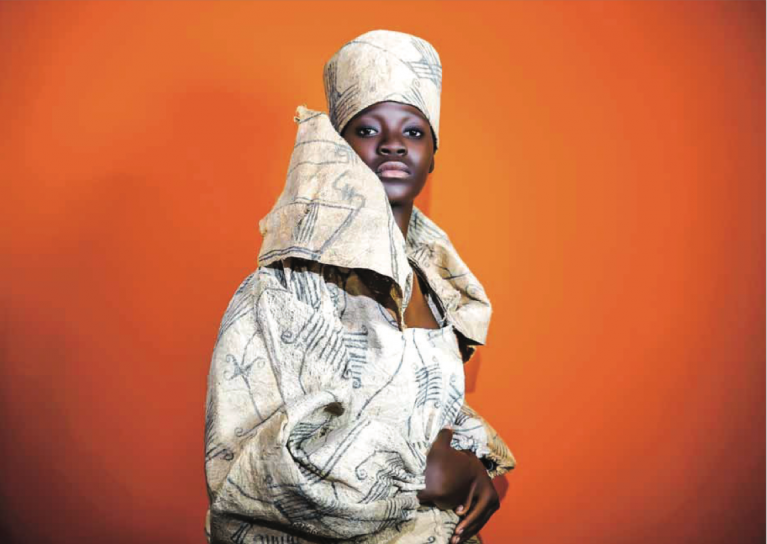 Royal Generation by Keyezua, Angolan.
Royal Generation by Keyezua, Angolan.
Five distinct distances
The Addis Foto Fest of Addis Ababa gave five young Ethiopian photographers the task of interpreting the theme of “distance” in thirty shots.
The result was five endogenous readings of Africa, which also spoke to the West.
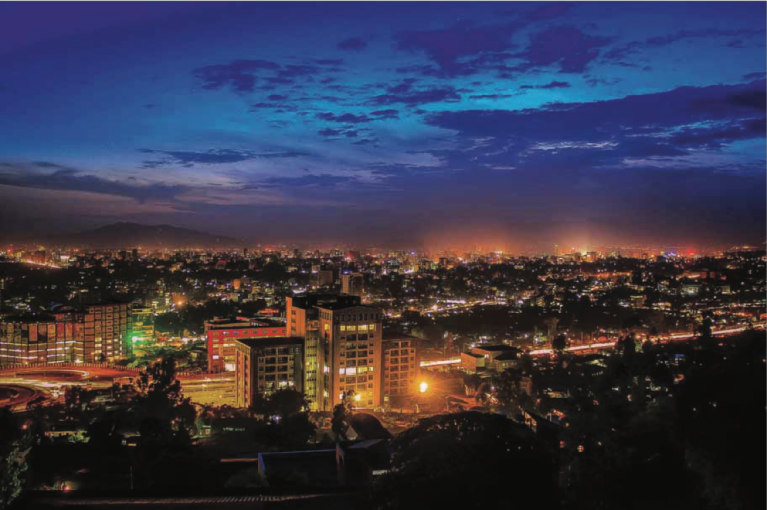 Distances by Netsanet Fekadu.
Distances by Netsanet Fekadu.
The big names of Italian coffee, Illy and Lavazza to be precise, have long used fine art photography to better convey their image and show consumers the "engaged" side of their business. Illy has focused on Sebastião Salgado, Lavazza had Steve McCurry: names that need no introduction.
Belluno’s Caffè Bristot, which is not a giant like the other two but still represents a respectable business enterprise, has recently decided to do the same. The project was developed by the artistic platform Tales-on, and the focus was not on well-known names in international photography, but on contemporary artists working in the country where the coffee is produced.
This year it was Ethiopia’s turn, with the creation of a connection with one of the most interesting events on the current African scene: the Addis Foto Fest, created in Addis Ababa in 2010 by the artist Aida Muluneh (see Nigrizia 12/2014), and now in its fourth edition. Five young Ethiopian female photographers were selected and asked to interpret the theme of distance from their own African perspective. Each made thirty shots, which were exhibited at Fondaco Sant'Angelo in Venice (15 December 2016–8 January 2017) and simultaneously in a side event at Addis Foto Fest (15-20 December 2016).
Why ‘distance’? "From a formal point of view, distance is a measure and the result of a process that, in order to be determined, needs conventions, tools and calculations,” explains Marco Milan, creator and curator of Tales-on. “But not all distances are necessarily measurable or quantifiable.
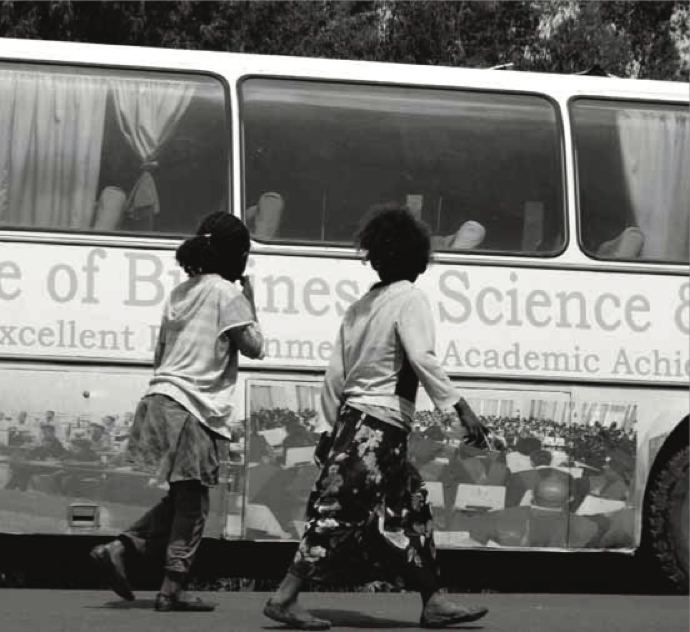 Distances by Hymanot Honelgn.
Distances by Hymanot Honelgn.
It is here that distance perception can become a cultural act, a way to emphasize personal and social baggage created from specific contexts and experiences; a blend of physicality, thought and perception in which, starting from separate but more or less connected elements, the concepts of diversity and difference emerge."
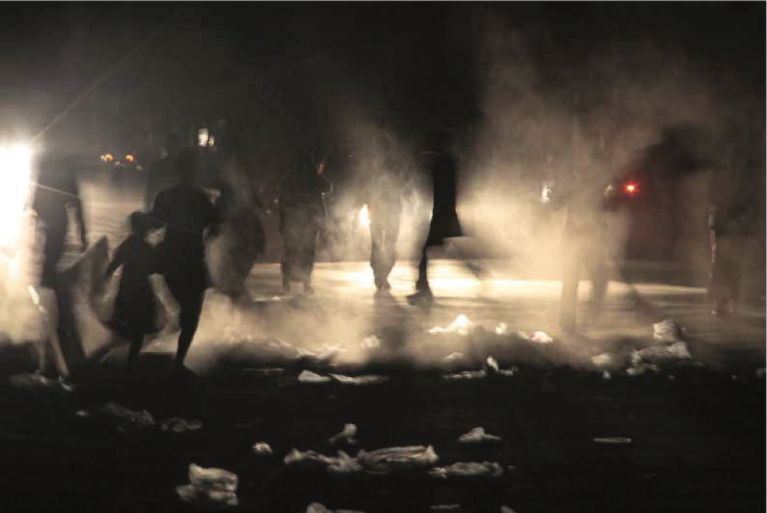 Distances by Hilina Mekonen.
Distances by Hilina Mekonen.
The five photographers are Haymanot Honelgn (1993), Hilina Mekonen (1988), Mahder Haileselassie (1990), Netsanet Fekadu (1988) and Luna Solomon (1993). In Europe their names mean little or nothing. However, in Addis Ababa their professionalism is recognized. In particular, Mahder Haileselassie is considered an emerging talent.
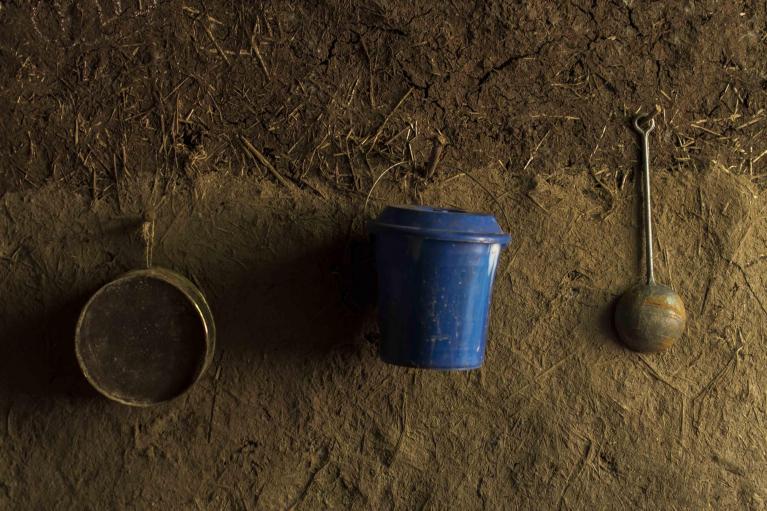 Distances by Mahder Haileselassie.
Distances by Mahder Haileselassie.
Last July, even the British newspaper The Guardian gave resonance to her photo reportage on the actions of the Ethiopian charity Awsad, which provides support and assistance to female victims of violence.
What is striking in her shots is the absence of ploys and Orientalist voyeurism, her narrative discretion and knowledge of details. In other words: a point of view, distant but within, and thereby capable of not getting lost nor distracted. A similar impression is conveyed by the works produced for the exhibition in Venice.
It is equally so even when you switch from pure reportage to scenic construction, as in Shouting by Netsanet Fekadu, or the dreamlike pictures by Hilina Mekonen. They are portraits, postcards from Ethiopia, small pieces of a picture of Africa that is no longer foreign, bricks of a metaphorical bridge also pointing to the West. Caffé Bristot’s choice was, in all likelihood, also prompted by an economic calculation: co-opting five young Ethiopian photographers costs far less than taking on a Salgado or McCurry.
It is possible that the desire to follow the trend of fashion and arts industries, which seem to evidence a growing interest in African cultural and visual productions, at least outwardly, also played a role in the decision (it is no coincidence that among the supporters of Addis Photo was Vogue Italia, nor that Aida Muluneh had been selected to participate in the first edition of Vogue Photo Festival held in Milan in late November).
More than anything, though, the Distance project has given full recognition to the role of endogenous African storytelling by offering it a dignified showcase. It's a start, an opportunity for female artists, but above all an opening for the benefit of the Italian public, too often kept on the fringes of the artistic debate and marginalized.
Addis Foto Fest, a bridge of stories
In 2010, when Afropolitan photographer Aida Muluneh launched Addis Foto Fest (www.Addisfotofest.com) through her association Desta for Africa (www.dfaplc.com), one thing was very clear to her: that it should not be a static stage but a bridge, its view turned to Africa and the rest of the world, a bridge going in both directions, to access a higher universe of meaning in which all players were allowed to tell stories.
A few days after the close of the fourth edition (Addis Ababa, December 15-20), significantly entitled Uniting Africa and the World Through Photography, its objective seemed to have been clearly met. The event was attended by 126 photographers from 39 different countries.
There were many Africans, especially Ethiopians, along with Americans, Asians, and Europeans, including two Italians (Salvo Bombara and Carlo Gianferro). The event offered the people of Addis a number of valuable international exhibitions, such as 1%–Privilege in a Time of Global Inequality, by Time’s photo editor Myles Little, which shows the unsustainable inequality in contemporary society. Or Everyday Africa, a multimedia project by photographer Peter DiCampo and writer Austin Merrill, which chronicles the daily life on the continent and offers an ever-expanding portrayal of Africa (thanks to a growing number of contributing photographers), countering the stereotypes that depict it as a place of poverty.
“The thing that moves me or inspires me is that there are 30 photographers who post photos that are little moments of normal life that teach you so much more about the place than a headline about war or corruption,” explained Merrill recently to the New York Times. “We are not trying to say that there are no bad news, we don’t whistle past the graveyard. We can still capture normal life carrying on even during moments of crisis.” A belief in line with Muluneh’s visual approach: "The reality is very complex, both in a positive and negative way, but the mainstream media do not take it into account,” said Muluneh in an interview a few years ago. “The lack of a balance in the images of Africa is one of the main things that led me to organize this event. It would be very important that it was the photographers of Africa telling their stories." And that others, non-Africans, seize the opportunity to listen to them.
The text was originally published in Nigrizia magazine in January 2017.
Translation by Laura Giacalone.
With the support of 
